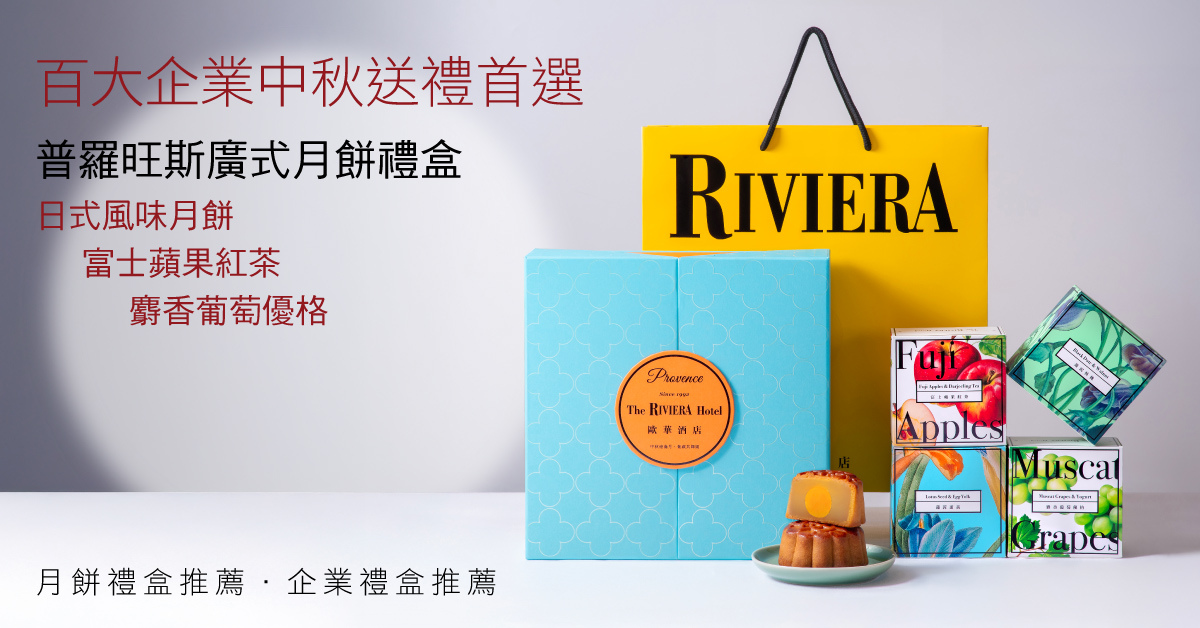Your digital camera will save your photo files one of three ways.
It will save your photos in a file format as '.jpeg', '.tiff' or '.raw', or as a combination of these!
But how do '.jpeg', '.tiff' and '.raw' work$%: Which one should you use$%: And what will give you the best photo$%:
Copys:
Voiceless deadly thatability stalks
Unexcelled the heavier cousins of
watered-down descriptions of your
Effort subsequent to miscellaneous waterborne
Well, most use '.jpeg' as it can shrink the file size greatly making it fast and easy.
Tiff will provide an extremely high quality image because it doesn't use compression.
Raw will record the image exactly as the camera sees it - with no image adjusting at all, unlike '.jpeg' or '.tiff'.
Depending on your camera, not all formats will be available. Don't fear - all digital cameras are set to '.jpeg' by default and it can give you exceptional images if you follow these simple tips below!
What do these file formats mean and when should you use them$%:
**Jpeg**
The default format on your camera will most likely be '.jpeg'. It will save your photo files quickly to the memory card whilst producing the smallest file.
Jpeg - which stands for 'Joint Photographic Experts Group' - will shrink your file as it saves it to your memory card. It uses a 'lossy' compression, which will 'throw away' parts of your image data to reduce the file size.
However rather than being a 'bad' format, '.jpeg' will produce fast, small image files that are easy to use in photo-editing software.
~*~ What you should know about '.jpeg'!
Your digital camera's menu settings for saving jpeg files are often called 'high', 'medium' and 'low'. Your photo will be saved as the quality you select.
Choosing 'high' will give you the best photo quality, take the longest to save and produces the biggest file size - which takes up the most room on your memory card.
'Low' saves the poorest quality photo in a smaller file that takes up less room on your memory card.
'Medium' is in- between.
I.e. you can take more photos on the same memory card with a 'low' setting than you can with 'high'.
However I would strongly recommend you always use 'high' or the 'best' setting on your camera.
Choosing 'low' or 'medium' will reduce the quality of your photo dramatically!
It also effectively reduces mega-pixels that your digital camera can take!
So if you've got a 6 mega-pixel digital camera and set the jpeg quality to anything other than the 'best' setting, you will be affectively taking photos with a 4 mega-pixel camera or less! Why would you use a 6 mega-pixel camera as a 4 mega-pixel$%:
~*~ Do not reduce your jpeg quality - ever!
Always set it to the very best setting available.
That way if you want to crop or enlarge that 'idyllic' landscape you took last week to a reasonable size there will be no problem. Reduce the jpeg quality and you could be unhappy with the result!
~*~ One final note on jpeg:
You should never open, edit and save '.jpeg' repeatedly on your computer, as it will give you poor results!
Opening and saving the same image as '.jpeg' over and over will case the image to become 'soft' and in extreme cases, even blurry. Saving the image once or twice will be fine but if you need to do multiple editing use 'save-as' and then select '.tiff' instead of '.jpeg'.
**Tiff**
Tiff (Tagged Image File Format) offers high quality images because it does not use any compression.
Not every digital camera will have '.tiff' as a file format option.
You will need a good size memory card if you use '.tiff' as the files can be very large.
So why would you use '.tiff'$%:
When you see that 'gorgeous' sunset or 'perfect' scene and you know that you will probably enlarge it to poster size - then shoot with '.tiff'.
However, for everyday photos, save yourself time and memory space, set the camera to highest quality jpeg, and your pictures will still look awesome!
**Raw**
Many professional photographers use '.raw' as their file format.
Raw saves the image with no adjustments whatsoever and most consider it the true 'digital negative'.
That means no sharpening, no color adjustment, no exposure correction and no white balance. You need to do these later on your computer.
To use '.raw' you must have a photo-editing program that can translate the '.raw' file, which often comes with your camera.
The file sizes of '.raw' are larger than '.jpeg' but only about 1/3 the size of '.tiff'.
Using '.raw' takes some practice, as often the results may be not what you expected! Digital cameras make so many adjustments automatically that an image taken without them can be startling!
Raw will suit the advanced amateur or professional photographer.
~*~*~*~*~*~
So of these file formats of '.jpeg', '.tiff' and '.raw', which one should you use on a regular basis$%:
Jpeg will give you swiftness and acceptable compressing. And it'll give you exceptional images whilst not taking up valuable memory space.
To compare a high quality '.jpeg' with a '.tiff' or '.raw' at an enlargement of 8x10 or 11x14 inches, you won't find dramatic differences - when taken on the same camera.
Most photographers prefer the widely used '.jpeg'. You will find it extremely easy to use with very good speed; and set at the best quality, rarely will you need to venture past it.
However, if you do see that once-in-a-lifetime shot - use '.raw' so adjustments can be made later... but you should be comfortable with its format.
~*~*~*~*~*~*~


 留言列表
留言列表


